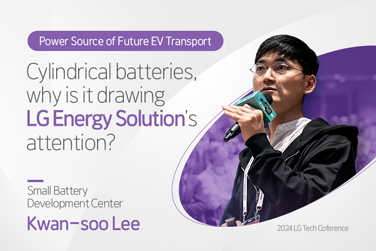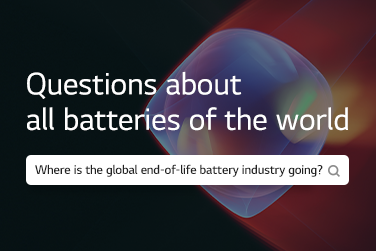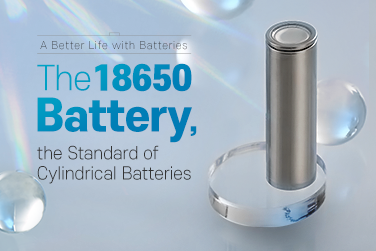Most batteries that are familiar to us, including lithium-ion batteries, have a long, round shape. Why is that? Here is the answer.

Different Battery Types by Their Shapes
Batteries can be categorized into pouch, prismatic, and cylindrical types by their shapes. They are the same in that they are made by assembling the cathode, anode, separator, and electrolyte, but the different forms determine the classification. Other differences include energy density as well as the production process and difficulty.
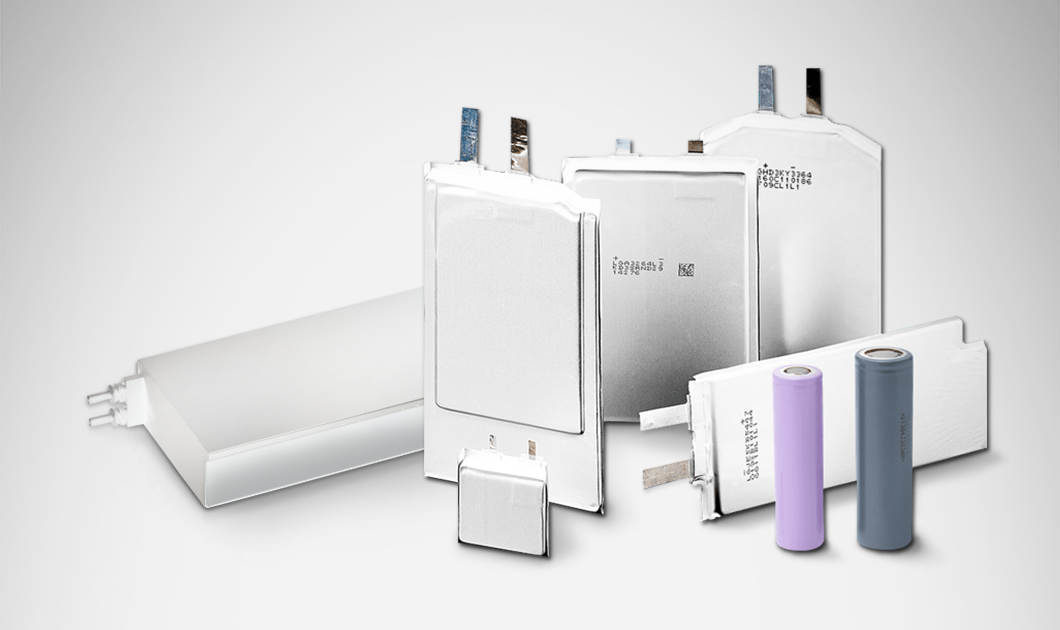
Advantages of Cylindrical Batteries
Among the three forms, cylindrical batteries are most common. Indeed, they are the first type that comes to our mind when we think of batteries. These batteries have the longest history and are easy to make with the winding method that includes bending the cathode and anode like a toilet paper roll.

The biggest advantage of cylindrical batteries is the competitive price. Since a lot of large manufacturers have standardized facilities, cylindrical batteries can be produced in substantial quantities faster than prismatic or pouch types. There are also international standards and criteria set for them as these batteries are produced and used widely.

Numbers Indicate the Size
Cylindrical batteries include the 18650 and 21700 sizes, as well as the recently gaining attention 46-series batteries, such as the 4680 and 4695.
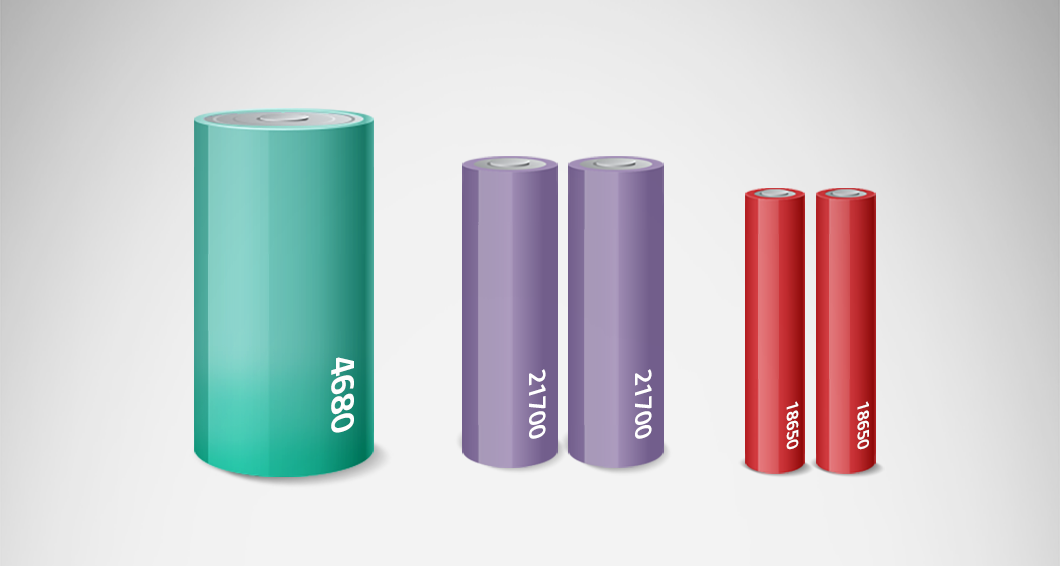
18650, 21700, 4680(0), and 4695(0) represent both the names and sizes of cylindrical batteries. For example, the 18650 battery refers to a cylindrical battery with a diameter of 18mm and a height of 65mm. In this context, it can be considered that as the battery size increases, its energy storage capacity also increases.
That being said, larger battery size means higher storage capacity.
From Small Gadgets to Electric Vehicles: All-Rounder Battery
Cylindrical batteries were first mounted in a small IT device in 2001, when LG Chem (before the spinoff of LG Energy Solution) became the world’s first mass-producer of cylindrical lithium-ion batteries for laptops. Later, they were introduced to larger electronic devices such as power tools and vacuum cleaners. Their types came to vary, and they were favored for devices that need intense power instantly.
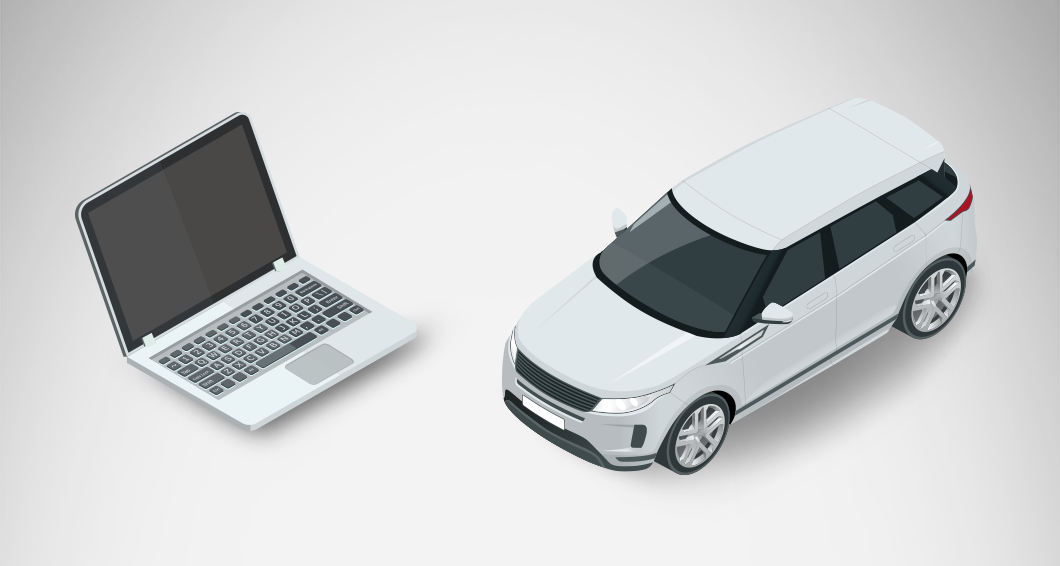
Cylindrical batteries are currently considered to be an all-rounder in the field of batteries, as they are used even for EVs and ESS now, as well as low-emission vehicles such as e-bikes and e-scooters.
The Emergence of the 46-Series and the Future of Cylindrical Batteries
Many battery manufacturers are actively engaged in research and development in this area. With a diameter of 46mm and varying lengths, the 46-series battery delivers higher energy density and enhanced power output.
So far, we have explored the characteristics and different types of cylindrical batteries. Moving forward, we will take a closer look at each type, including 18650, 21700, and the 46-series. Stay tuned for more in-depth insights!
